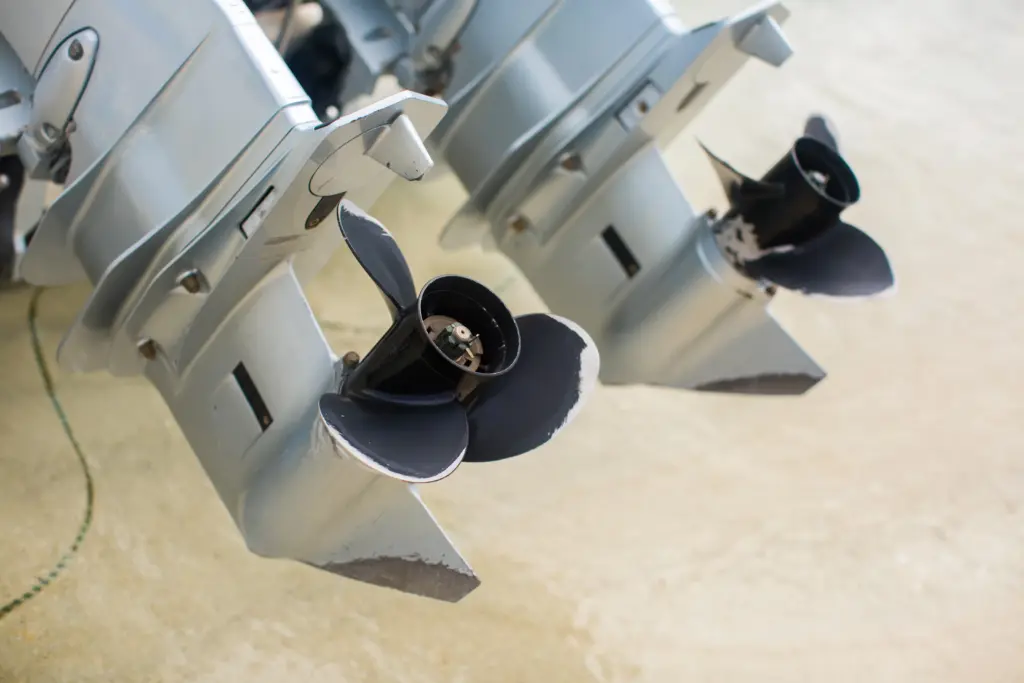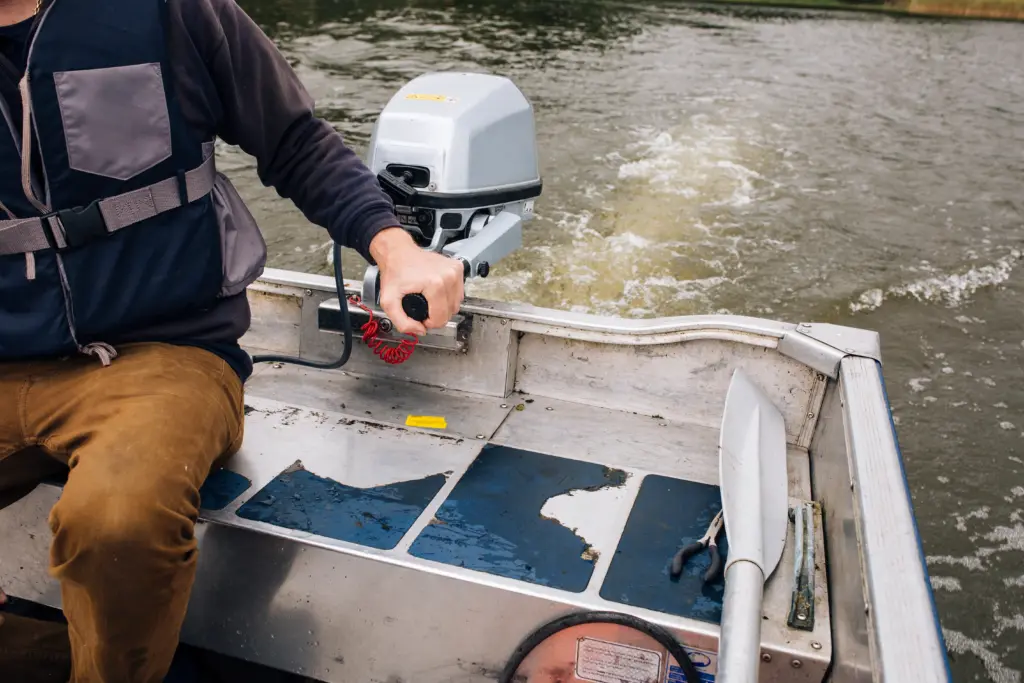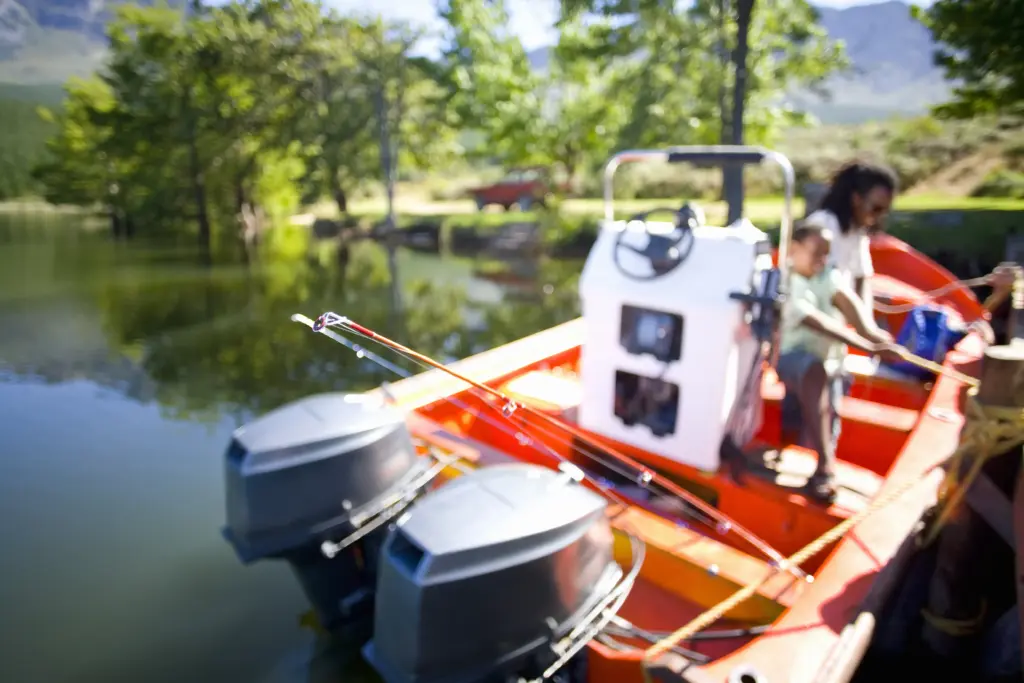Every boat owner eventually needs to start their engine while the boat is on land. Whether it’s for maintenance, inspection, or troubleshooting, understanding how to test boat motor out of water safely is essential. Running a motor dry, even for a few seconds, can cause costly damage to the impeller and cooling system. Fortunately, with the right tools and precautions, you can test your outboard or inboard motor without ever launching your boat.

Why Testing a Boat Motor Out of Water Matters
Testing your motor before heading to the ramp helps prevent frustration and mechanical failure once you’re on the water. It allows you to check fuel lines, ignition systems, and cooling performance in a controlled setting. Understanding how to test boat motor out of water correctly ensures you catch potential issues early, saving both time and repair costs. It also builds confidence that your vessel will perform reliably on every trip.
Essential Equipment You’ll Need
Before testing your engine, gather a few key tools. For outboard motors, you’ll need a set of “ear muffs” or flushing muffs, rubber cups that fit over the water intake ports on the lower unit. You’ll also need a garden hose, water supply, and, in some cases, a set of wheel chocks for stability. For smaller motors, a large bucket or barrel can be used to submerge the lower unit during testing. Proper preparation makes the process safer and more efficient.
Step 1: Secure the Boat and Motor
Before starting, make sure the boat is parked on a stable surface with the parking brake engaged. If the motor is portable, secure it to a test stand or transom mount. Stability is critical to prevent vibration or movement during operation. Ensuring safety before beginning any test is part of responsible boating and basic engine care.

Step 2: Connect the Water Supply
Attach your garden hose to the flushing muffs and fit them snugly over the motor’s water intakes. Turn on the water before starting the engine. The water will provide necessary cooling for the impeller and internal systems. Learning how to test boat motor out of water includes understanding that running an engine dry, even briefly, can damage internal components quickly. Never start your engine without water flowing through the system.
Step 3: Start the Motor
With water flowing, start the motor in neutral. Allow it to idle for 30 seconds to one minute while observing water flow from the telltale (the small stream of water that indicates proper cooling). A steady stream means the pump is working correctly. If there’s no water flow, shut down immediately and inspect the intake or impeller for blockages or wear. Monitoring the telltale stream is one of the simplest ways to assess cooling performance.
Step 4: Check Idle and Throttle Response
Once the motor is running smoothly, lightly adjust the throttle. The engine should respond evenly without sputtering or hesitation. If it stalls or surges, inspect the spark plugs and fuel system. Testing throttle response while learning how to test boat motor out of water helps identify issues early, long before they lead to poor performance on the water. Keep runs short, no more than a few minutes, to avoid overheating or fuel waste.

Step 5: Monitor Engine Temperature
Pay attention to the temperature of the motor casing. It should remain warm but not hot to the touch. Overheating could indicate a problem with the impeller or cooling system. For advanced diagnostics, use an infrared thermometer to check key areas around the cylinder head and exhaust. These checks protect against heat damage and confirm the engine’s cooling system is performing correctly.
Step 6: Inspect Oil and Fuel Systems
After testing, examine the oil for clarity and the fuel lines for leaks or cracks. Running your engine for short periods allows you to spot issues like fuel leaks or improper lubrication. Maintenance is often overlooked until problems arise, but small checks during out-of-water testing can extend the life of your motor significantly.
Step 7: Shut Down and Flush Thoroughly
When finished, reduce the throttle to idle and turn off the engine before shutting off the water. Leaving the hose running briefly after shutdown helps flush out any remaining debris or salt. Disconnect the muffs and allow the engine to drain completely. Understanding how to test boat motor out of water also means knowing how to finish safely without leaving moisture trapped inside the cooling passages.

Special Considerations for Inboard Motors
Inboard engines require a slightly different setup. Instead of muffs, you’ll connect a water hose to a flushing port or use a “fake-a-lake” plunger system placed under the hull intake. These systems provide a continuous water supply while testing. Never bypass this step; overheating can occur within seconds on inboard systems without proper water flow. Regular testing ensures reliability before launching for the season.
How Often Should You Test?
For recreational boaters, testing before each season or after long periods of storage is ideal. Commercial operators or frequent users should test monthly. Regular maintenance checks, including oil changes, spark plug inspections, and impeller replacements, go hand-in-hand with these tests. Consistent attention to engine health ensures your boat performs reliably when financing, resale, or insurance evaluations come up.
Environmental Safety During Testing
Always test your engine in a well-ventilated area to avoid carbon monoxide buildup. Keep pets and children at a safe distance, and avoid running the engine late at night to reduce noise pollution. Dispose of used water properly, especially if flushing a saltwater engine. Following these guidelines ensures that testing doesn’t harm the environment or surrounding property.

Preparing for the Water
Testing your motor on land gives you the confidence that it’s ready for launch. Once all systems check out, take your boat to a nearby ramp and perform a short, low-speed test in the water. Always bring basic tools, spare spark plugs, and your license or registration documents. Responsible operation starts before you even leave shore, and knowing how to test boat motor out of water is part of being a knowledgeable owner.
Financial Readiness and Maintenance Planning
Routine maintenance and testing add up over time, but they protect your investment. Boat ownership often comes with financing, insurance, and seasonal expenses. Working with partners like Float Finance helps owners plan budgets effectively. Pre-approval or refinancing options can cover upgrades like new motors or diagnostic tools, ensuring that both your boat and your finances stay shipshape.
Conclusion
Learning how to test boat motor out of water is an essential skill for every boater. By using proper tools, ensuring a water supply, and monitoring engine performance, you can keep your vessel safe and reliable year-round. Routine testing saves money, prevents damage, and builds confidence. With smart preparation and financial support from Float Finance, boat ownership stays as smooth as the waters you aim to explore.
